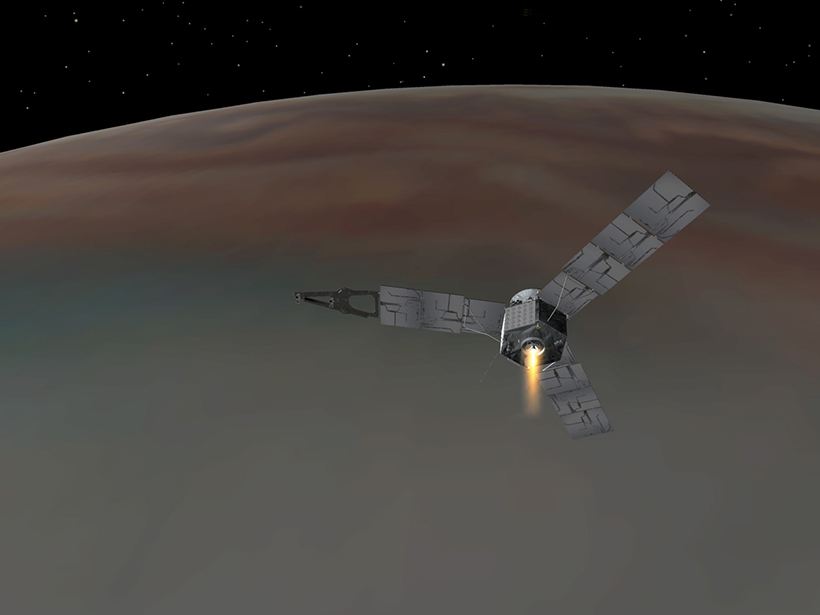New magnetic and gravity data suggest that the boundary between continental and oceanic crust lies beneath northern Bangladesh, along the line of an Early Cretaceous spreading center.
magnetic fields & magnetism
First Results from NASA’s Magnetospheric Multiscale Mission
Understanding magnetic reconnection is important in the context of Sun-Earth Connection, because of the resulting exchange of mass and energy, and the large amount of energy involved.
The Quest to Understand Reversals in Earth's Magnetic Field
A review of the major features of the geomagnetic reversals preserved in Earth's rock record helps to answer the question, Which data could advance our understanding of these poorly described events?
Even the Magnetosphere Has Problems
In a new conference and collection of papers, international space physicists narrow down the enigmas that puzzle magnetospheric science.
Bacteria Preserve Record of Earth's Magnetic Fields
Tiny yet stable magnetized particles created by microbes long ago could help scientists better determine the strength and orientation of ancient magnetic fields.
Your Phone, Tablet, and Computer Screens Aren't Safe from Hackers
Cables and circuitry inside your gadgets' screens act as accidental antennae that broadcast screens' contents. A new study says the industry needs to fix this security risk before hackers exploit it.
Mysteries of the Magnetosphere
Scientists investigate how dipolarization fronts in Earth's protective magnetosphere interact with the environment around them.
Saturn’s Magnetosphere: A Dozen Years of Discovery
Twelve years of studying Saturn's magnetosphere has produced many compelling breakthroughs. Even more exciting, however, is what's left to learn.
Juno Spacecraft Nails Its Orbit Around Jupiter
The mission will spend 20 months collecting data on the planet's core, its magnetic field, and the composition of its atmosphere.
Solar Wind Disconnects Venus’s Magnetotail
Polarity reversals in the solar wind magnetic field disconnect the magnetic field trailing behind Venus, allowing ions from the atmosphere to escape.








